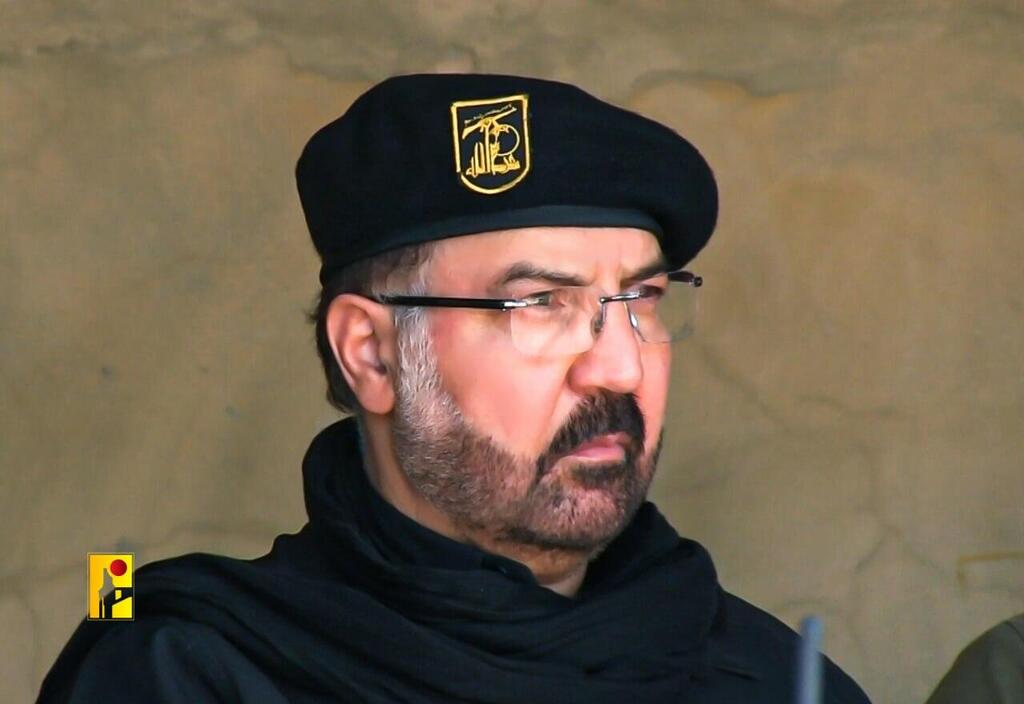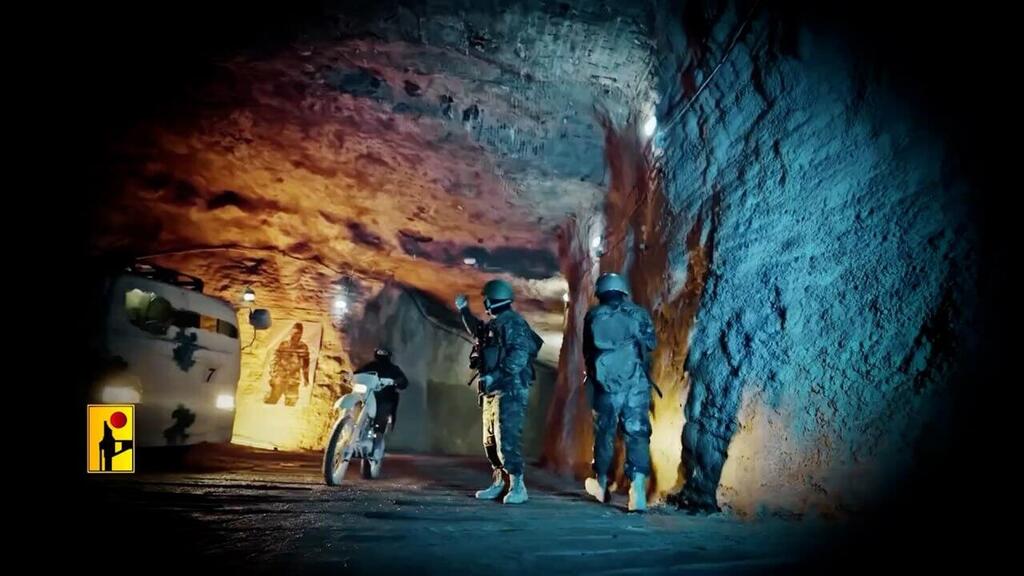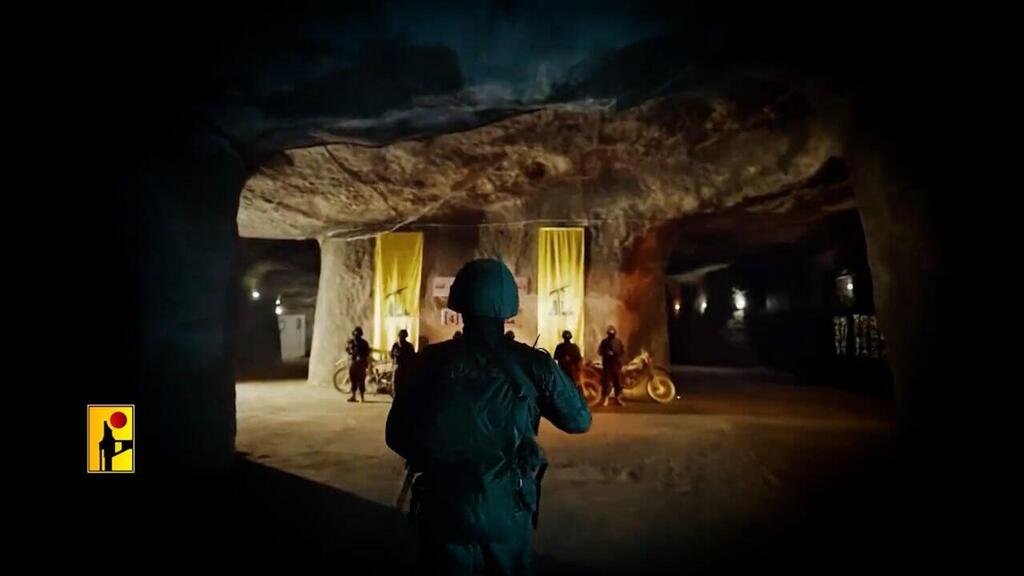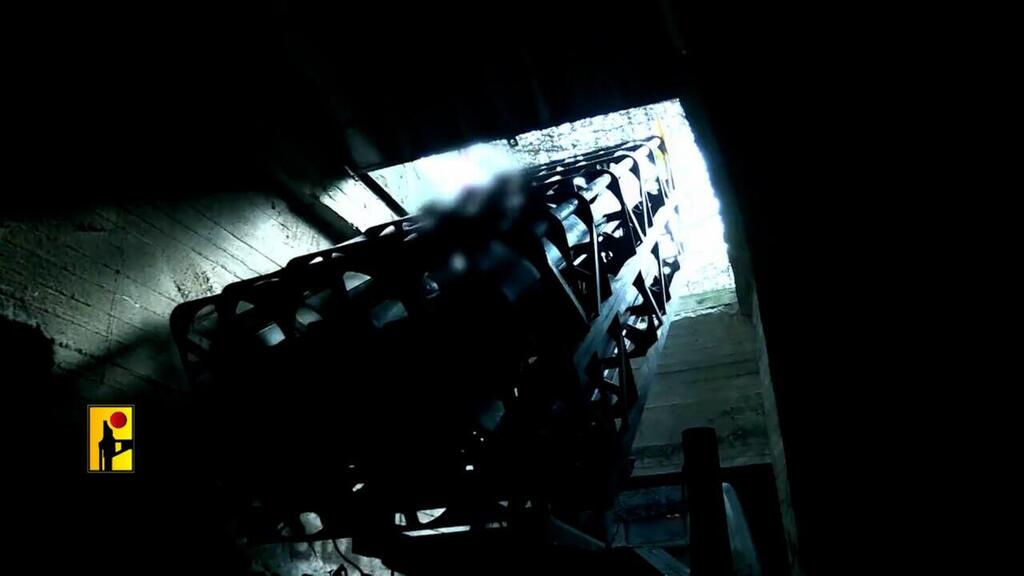Getting your Trinity Audio player ready...
The Lebanese-based Hezbollah terrorist group released a video Friday showcasing what it claimed was a sophisticated underground facility that could be used to attack Israel. The publication came at a time of elevated tensions between Israel and Hezbollah, a few weeks after Israel assassinated Fuad Shukr, a senior commander of the group in Beirut. Hezbollah pledged revenge against the Jewish state, which has since been on high alert in anticipation of an attack.
The video did not shock Israel, which has been aware of at least part of Hezbollah’s tunnel network for several years. The footage showed trucks driving through the illuminated tunnel, showcasing its size and sophistication. A rarity about the video was its translation into English, in addition to Hebrew, perhaps an attempt to threaten foreign military forces that have been mobilized to the region in preparation for a possible escalation between Israel, Hezbollah, and Iran.
Hezbollah showcases underground Imad 4 facility in propaganda video
“Hezbollah has constantly published such videos throughout the war,” Sarit Zehavi, founder and president of the Alma Research and Education Center, an institution specializing in terrorism studies, told The Media Line. “They have always been planning to use the tunnels. In the end, it’s a matter of making the decision to do so or not.”
“They are signaling to everyone in the region – these are our capabilities, and this is what we know how to do,” she added.
As Israel waits for Hezbollah’s retaliation for Shukr’s death, there have also been calls for it to carry out a pre-emptive strike against Hezbollah. In addition, the assassination in Tehran of Ismail Haniyeh, the leader of the Gaza-based Hamas terrorist group, hours after Shukr’s killing, has also stepped up threats from Iran, raising apprehension in Israel. American and British forces have significantly increased their presence in the region, with aircraft carriers, submarines, and other forces mobilized to the area.
“Hezbollah aims to scare and deter Israel from invading Lebanon,” Yehoshua Kalisky, a senior researcher at the Institute for National Security Studies (INSS) in Tel Aviv, told The Media Line. “Members of the “axis of evil,” such as North Korea, Iran, and Hezbollah, are all experts in psychological warfare.”
Last week, Hezbollah also released a video featuring its Radwan forces, the group’s highly secretive and elite commando force. The footage showed masked soldiers preparing for an attack, with the Israeli border in the background.
The Israel Defense Forces (IDF) announced Saturday it had carried out an airstrike in the area of Tyre, Lebanon, during which it killed Hussein Ibrahim Kasseb, a commander in Hezbollah's Radwan Force. The targeted killing was just one in a series of such attacks targeting the force.
Hezbollah and Israel have been exchanging fire for over ten months since the war between Israel and Hamas began. The day after the October 7 Hamas raid that sparked the war, Hezbollah began firing rockets and offensive drones at northern Israel. In response, the Israeli military has carried out hundreds of airstrikes against the group, which is classified as a terrorist organization by Israel, the U.S., and the Arab League, among other nations.
According to a recent report by the Alma Center, Hezbollah has been aided both by North Korea and Iran in its advance toward a massive underground tunnel network that spans deep into Lebanese territory. The tunnels are not only used as cross-border offensive tunnels in order to strike at Israel. In addition, there is a wide network of tunnels within Lebanon that connect its headquarters in Beirut to logistical centers in other areas and its defensive positions in southern Lebanon on the border with Israel. The tunnels allow for the mobilization of Hezbollah forces and weapons far from the eyes of Israeli intelligence, evading detection critical for the terrorist group's operation.
“These are strategic tunnels that enable of transferring their troops, launchers, and missiles within Lebanon,” said Zehavi, who pointed to a 2008 report presented to the U.S. Congress on the relationship between Hezbollah and North Korea and the Northern Korean contribution to the Hezbollah tunnel project.
The IDF refused to comment on the report or any issue regarding Hezbollah’s tunnel network.
In late 2018, the Israeli military uncovered what it said were four cross-border tunnels dug by Hezbollah to be used for a raid on border communities. Residents had reported drilling noises throughout the years before the tunnels were revealed. This finding was just the tip of the iceberg.
“The IDF did not attempt to locate every tunnel because it did not operate within Lebanon and looked only for cross-border tunnels,” said Zehavi.
Throughout Israel’s war on Hamas in Gaza, the IDF has said it has uncovered hundreds of tunnel shafts and destroyed many cross-border tunnels. Some of those tunnels were meant to be used as offensive attack tunnels crossing into Israel, others crossing Gaza’s border with Egypt, which enabled the terrorist group to smuggle weapons and fortify itself.
“Anyone who has seen the tunnels in Gaza is now aware of what awaits in Lebanon,” said Kalisky.
Defense experts believe Hamas’ capabilities pale next to those of Hezbollah, including its tunnels.
“While Israel has developed technologies to expose the tunnels, there is no capability that brings complete success,” he added, adding Hezbollah’s tunnel network serves a wide range of purposes, from command and control rooms to tactical and strategic tunnels that store some of the groups most sophisticated missiles. The network is at the core of its war plans against Israel.
The IDF conducts daily airstrikes against Hezbollah targets in Lebanon without specifying what those targets are, making the tunnel infrastructure a potential target.
“There is no need to supply the enemy with such information,” Kalisky said.
However, one of the greatest challenges facing the Israeli government is how to restore confidence in the tens of thousands of residents of towns and villages on the border with Lebanon who were evacuated at the beginning of the war. The scenes of Hamas terrorists easily crossing the border from Gaza into Israel were the nightmare residents of northern Israel had for years. It was a preview of the scenario they feared most.
According to Zehavi, this is where the military could have been more forthcoming in its efforts to instill confidence among residents.
“The army has carried out thousands of strikes at an impressive rate,” she said. “But most of these attacks are close to the border, which likely means they have not targeted the tunnels deep in Lebanon. If the IDF publishes what it attacked, it could help residents feel safer.”
United Nations (UN) Resolution 1701, which ended the last war between Israel and Hezbollah in 2006, was supposed to distance the terrorist group from the border but did not. UN peacekeeping forces have not stopped Hezbollah from consistently improving its capabilities, transforming into Israel’s most formidable enemy.
“It is clear after the 7th of October that Israel cannot come to terms with such abilities on its border,” said Zehavi. “This is not acceptable. A cease-fire is not a solution for the residents of the north. There needs to be some sort of mechanism that would disarm Hezbollah. Previous UN resolutions have proven they cannot achieve this.”
To achieve this, after countless mediation attempts by the U.S., France, and other countries, Israel may choose to strike against Hezbollah. Israelis have little faith in the mediation efforts or in the reliability of Hezbollah to uphold any such agreement. Nasrallah, who vowed to stand for Hamas as long as it fights against Israel, has also said he would hold his fire if a cease-fire in Gaza is reached.
“Such a pre-emptive attack by could lead to a broader war that Israel could withstand with its highly sophisticated air defense systems,” said Kalisky. “But Hezbollah is an enemy with patience, and it would use a cease-fire to upgrade its abilities. Israel now must decide whether it wants to solve the problem militarily or diplomatically.”
“Bringing a cease-fire is dealing with micro-tactics,” said Zehavi. “Disarming Hezbollah and Hamas is something Israel cannot compromise on.”
With Hezbollah’s major assets believed to be underground and likely under civilian areas, the challenge Israel faces in thwarting the tunnel threat is immense. While it has been using the Gaza tunnel network as a learning ground, it is feasible that Hezbollah is also looking closely at the technologies the IDF has developed in Gaza to learn lessons for its future confrontation with Israel.
As diplomatic efforts are still underway to achieve a cease-fire in Gaza, Hezbollah and Israel, appear to be on the brink of escalation, with significant decisions to be made. On Sunday, the two sides continued to exchange fire along the border.
“Israel needs to decide if it wants to sleep next to a tiger on its border or not,” said Kalisky.









